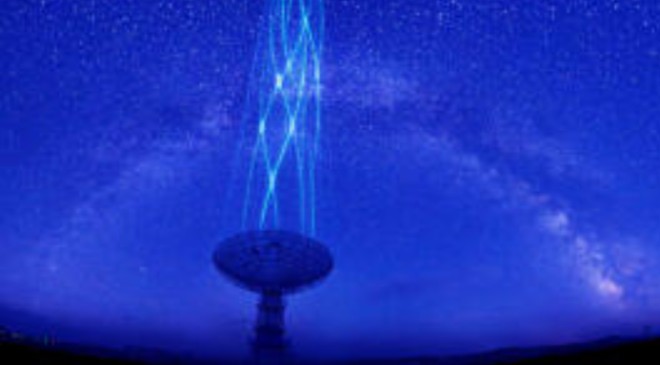Radio Burst Mystery
Ever since the first fast radio burst (FRB) was discovered in 2007 — you know, those extremely powerful and brief pulses of radio waves emanating from the deepest regions of space — astronomers have struggled to uncover their source.
While experts have been able to make educated guesses over the years, we simply still don’t know why these bursts occur or what’s behind them.
But as detailed in a new paper published in the journal Nature Astronomy this week, we might soon have an answer thanks to the discovery of a potential “smoking gun.”
Astronomers observed two neutron stars, each the remains of a dead star, colliding and turning into a black hole, a powerful event that produced a huge burst of gravitational waves — and, about two hours later, appears to have produced an FRB as well.
Also Read– Michigan becomes first state in decades to repeal ‘right-to-work’ law. What is that?
In simple terms, the merging of neutron stars may be behind these strange flashes of radio waves.
Disappearing Act
It’s a tantalizing new piece of the puzzle that unfortunately doesn’t quite amount to a certain answer just yet. To know for sure, astronomers will need to observe another neutron star collision and subsequent formation of a black hole, an event that also causes the former’s magnetic field to suddenly disappear, since black holes aren’t magnetic.
The new theory posits that the sudden vanishing of this magnetic field may be the cause of the fast radio burst, since magnetic fields produce electrically charged particles, not unlike the extreme electromagnetic fields of an FRB.
For the study, the team of astronomers led by Alexandra Moroianu, a masters student at the University of Western Australia, examined data from the Laser Interferometer Gravitational-Wave Observatory (LIGO), which can detect gravitational waves released by the merging of two neutron stars.
Since we can measure how far away and how fast FRBs can travel through space, the astronomers were able to trace a specific FRB dubbed 20190425A, back to a neutron star merger dubbed GW 190425, which occurred a mere two and a half hours before.
Also Read:- Ex-student shoots dead 3 children, 3 adults at Tennessee Christian school
Unfortunately, there’s still a not insignificant statistical chance the two events are unrelated, meaning that we can’t deem the mystery solved just yet. Besides, there are far more FRBs we’ve already discovered than there are neutron star mergers, according to the statement.
On the plus side, gravitational wave detectors, some of which were recently finetuned, will have a closer look later this year — another chance to confirm or refute the theory



































